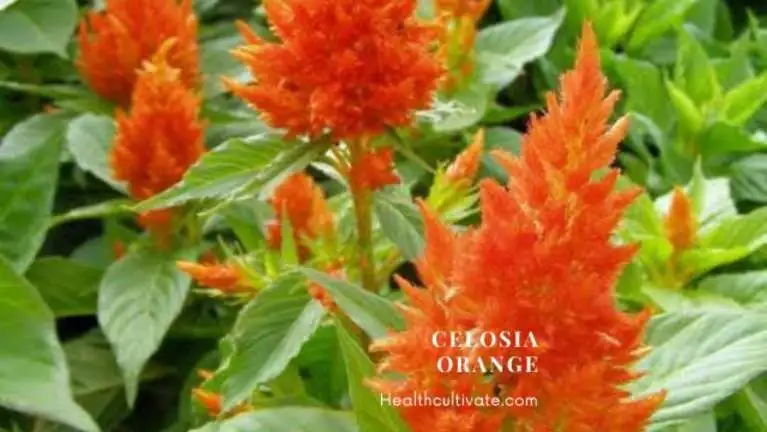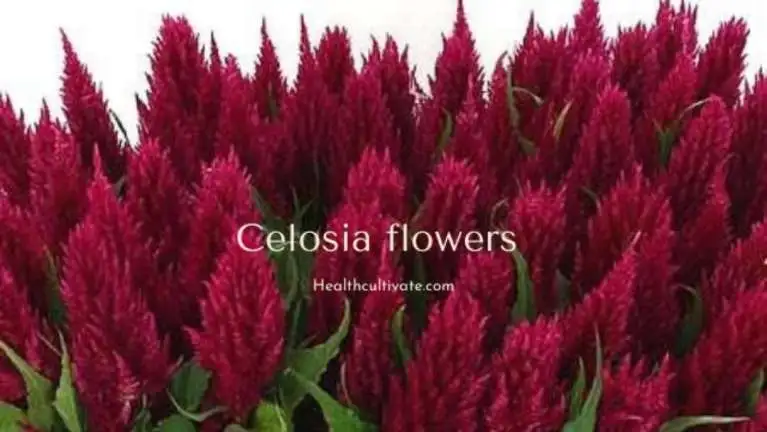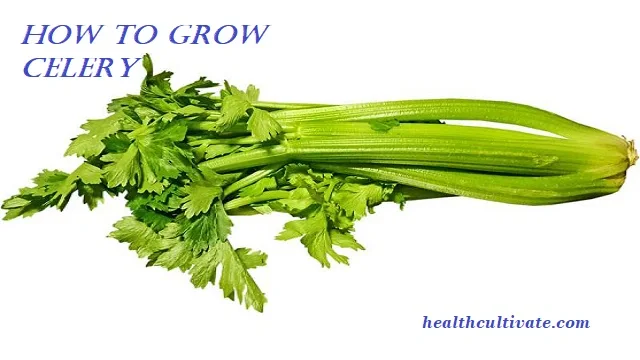How to Grow Celosia Plant? Complete Planting and Care
Celosia plant or celosia belongs to the amaranth family and it can be found as a garden plant or as a food. There are more than sixty species of this plant including some garden varieties of celosia.
They may be dense feathery plumes or tally spiky flowers and are also known as cockscomb plant or cockscomb flower. Planting celosia is not a difficult task if you take care of celosia plants properly.
With the right soil, temperature, water, and warmth, you may get a very good yield of celosia in your garden. If you are concerned about celosia care, then you can follow some basic tips to avoid the rotting of leaves and plants. Continue to read on to find more about celosia plant care and growing celosia.
Varieties of Celosia Flowers

Celosia flower or coxcomb flower come in different varieties and colors. For purple, yellow and red blooms of celosia flower, you should go for the Bombay series of celosia flower.
If you want to decorate your garden with spiky pink blooms, then Flamingo feather celosia is for you. The crimson plumes of Castle Scarlet celosia will keep your garden fresh and beautiful.
The Fresh look series of celosia flowers is the best choice for people living in areas with wet or dry conditions. To give the Midas touch to your beautiful garden, go for the Golden yellow variety of celosia plants.
Celosia intenz will give you bold flower spikes in purple suitable for the retailing purpose.
How to Grow Celosia
You can grow celosia in pots or directly in your garden. You have to take proper care of the celosia plant throughout its life cycle. To make sure there is a sufficient supply of nutrients, fertilize the plant with a liquid fertilizer every month and increase the frequency when the celosia plant starts blooming.
Celosia purple or orange celosia, proper fertilization will keep the flowers vibrant and dense.
The Celosia plant requires the right level of humidity. Therefore if you are planting celosia indoors then use a humidifier to maintain the humidity content.
Wet the celosia leaves in the morning to improve the humidity. Keep the celosia plant warm and let it grow in full sun. Mulching is another important step essential to prevent the growth of weeds near the celosia plant.
Lastly to prevent celosia plant from fungal infection, water the plant in moderation. If you find any pests on the plant or flower, remove them with a strong stream of water.
High humidity and high wetness on leaves can result in disease, so don’t forget to maintain the proper airflow to avoid the chances of any disease.
Growing Celosia from Seed
Growing celosia in your garden is a good idea if you love vibrant colors. Yellow celosia, celosia red, pink celosia, or red celosia flower, you will get velvet-like celosia flowers in various shapes depending upon the species you have planted. You can grow celosia plants through direct seeding in fertile soil.
Frost is not favorable for celosia plants and also make sure the temperature is approximately 21⁰ C. For sowing celosia seed, you have to place the seed firmly with your hand so proper light could reach there to germinate the seed.
After fourteen days, the celosia seeds start germinating. At this stage don’t forget to water the soil and sufficient light should be there to accelerate the germination process.
Since celosia seeds are very fine, planting celosia in pots is also possible. You can later transplant them in the garden.
Growing Celosia from Plants
You can also grow celosia from plants purchased from nurseries or home stores. Make sure you get a larger cell pack as it will have more soil. You can plant them easily in your garden in favorable spoil conditions. Make sure to loosen the soil around the roots and water it.
How to Deadhead Celosia

You can deadhead celosia to get more celosia flowers. You will get attractive flowers from the same plant without wasting its energy in seed formation. The process of deadheading celosia is very simple.
All you need to have is a pair of scissors to remove the spent flowers from the plant. This process is also a part of plant maintenance to keep them clean and blooming consistently with red velvety flowers.
Tips for Celosia Flower Care
Since the celosia plant can bloom for more than two months, it is important to know how to care for celosia. Below are some celosia plant care instructions that will ensure your garden blooms well with golden, pink, purple, and red celosia.
- There should be proper sunlight in the area where you have grown celosia plants. It needs about eight hours of direct sunlight to grow.
- There should be proper drainage of water to avoid rotting of celosia roots.
- If you are sowing celosia seeds, make sure the soil is warm. Transplant the celosia plant when it reaches the height of about six inches. You can buy celosia seeds online also.
- To remove pests from the celosia plant, spray some insecticide immediately.
- For celosia plants, the soil pH level should be between 6 to 6.5.
- Remove weeds timely.
- Water the plants properly to settle the soil. Water them daily to keep the soil moist.
- Fertilize the celosia plant to accelerate its growth.
- Pinching and deadheading will promote the growth of more flowers.
Refer to the table for more plant care instructions:
| Plant height | Six inches to three feet |
| Climate | Hot and humid |
| Watering | Often to keep the soil moist |
| Sunlight | Minimum of eight hours |
| Soil pH | 6-6.5 |
| Soil type | light sandy, medium loamy or heavy clay |
| Organic matter | Peat, ow manure, compost, etc. |
| Pests & disease | May develop rot |
| Is celosia flower annual or perennial | They are annual. But are perennial in zones 10-12 |
How To Plant and Grow Celery at Home | Important Tips
Some Useful Tips to Grow Celosia Plants in Your Garden
You can grow celosia either from seed or plant. Either way, you have to take care of the plant throughout its lifecycle. Below are some tips that will help you to keep the celosia plant healthy and blooming the whole season.
- If you are buying the plant from a store or nursery avoid those packs in which the roots are emerging from the drainage holes.
- Frost is not good for the celosia plant therefore grow it in the appropriate season.
- Heavy celosia plants need staking otherwise they will break in heavy rain or storms.
- If you want to plant celosia indoors in the pots, choose the variety that grows not more than two feet.
- The soil temperature must be around 60 degrees Fahrenheit.
- Celosia roots get damaged very easily so take care of them while transplanting.
- Avoid soggy soil while planting celosia.
- The celosia flowers can last up to more than eight days when kept in a vase of water after cutting from the plant. Use a floral preservative to avoid stem rotting.
- Adding high organic matter to the soil will produce dense and bright flowers.
- The plant will grow slowly if the temperature rises above 95 degrees Fahrenheit.
- Staking and pinching of celosia is a must for the taller varieties. You can use bamboo to stake the taller celosia plants.
- There should be a minimum of 20-30 cm distance between two plants. It will also ensure proper air circulation between the plants.
- Liquid plant food can be used on rainy days as the nutrients can be washed away with water.
- To preserve the color of celosia flowers, avoid direct sunlight.
These were few tips to grow bright and eye-catching celosia in your home. You can choose any kind of celosia from the three varieties i.e. the cockscomb celosia, wheat celosia, and the plume celosia.
FAQs
Will Celosia Grow Back
Yes, celosia can grow back in warmer regions. You can replant them every year and get the same quality of flowers every year by taking proper care.

